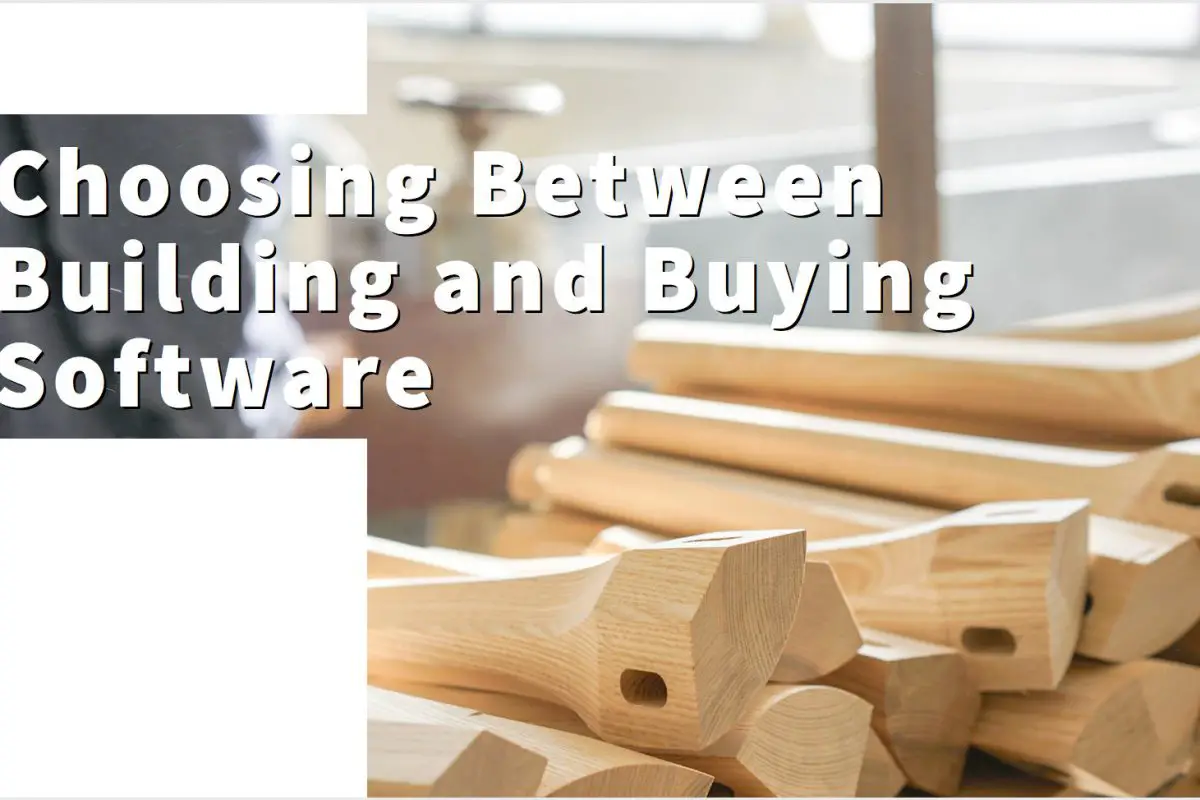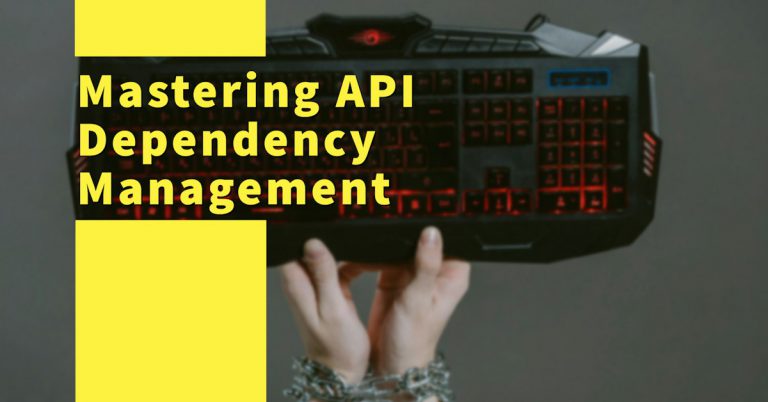As software engineers, one of the critical decisions we often face is whether to build a custom solution or purchase an off-the-shelf software product. While budget and timelines are key considerations, we must also prioritize software quality in this decision-making process. In this blog, we’ll explore how to think about software quality when making a buy vs. build decision.
Defining Software Quality
Before delving into the decision-making process, it’s essential to establish what we mean by “software quality.” Quality is a multifaceted concept, encompassing various aspects such as reliability, performance, security, maintainability, and user experience [1]. The right choice depends on which of these aspects are most critical to your project.
Custom vs. Off-the-Shelf: A Quality Comparison
Reliability and Customization
When you build software from scratch, you have complete control over the codebase. This control can lead to greater reliability, as you can tailor the system to your specific needs. As a result, a custom solution allows you to address unique business requirements and adapt to changes as they arise. It’s an excellent choice for projects where reliability and flexibility are paramount.
However, building custom software can be time-consuming, and it requires a skilled development team. Consequently, inadequate planning or execution can result in poor quality, leading to more significant costs in the long run.
On the other hand, off-the-shelf software often comes with a proven track record. This can instill confidence in its reliability. But, it might not perfectly align with your unique requirements, leading to a lack of customization. Therefore, if you prioritize reliability over customization, buying a pre-built solution may be the right choice.
Performance and Scalability
The performance and scalability of your software are critical for ensuring it can handle increasing workloads. When you build software, you can optimize it for your specific use case, making it more efficient and scalable. Custom-built solutions can outperform off-the-shelf software when tailored correctly.
Off-the-shelf software may not be as performant out of the box, but it often has the backing of a development team focused on improvements and optimizations. However, this is still not as flexible as having complete control over your software.
If performance and scalability are top priorities, building software is likely the better option. It enables you to fine-tune the system to meet your specific demands [2].
Security and Compliance
Security is a paramount concern in today’s digital landscape. Custom software can provide an advantage in terms of security, as you can implement your own security measures and tailor them to your specific needs. This is especially crucial for industries with strict compliance requirements.
These regulations dictate specific security standards that must be met to protect sensitive information and prevent cyber attacks. Failure to comply with these regulations can lead to legal and financial consequences, along with damage to the developer’s reputation.
Cybersecurity in Custom Software Development: Why It Matters [3]
Off-the-shelf software is not inherently insecure, but it may not meet your specific security needs or compliance standards. It can also be a target for attackers due to its widespread usage.
If your project involves sensitive data or regulatory compliance, building custom software might be the path to ensuring robust security measures.
Maintenance and Total Cost of Ownership
The cost of building custom software extends beyond the initial development phase. Custom software often requires ongoing maintenance, updates, and support. While this can be a burden, it also provides you with the ability to control and adapt the software as needed.
Off-the-shelf software, while typically cheaper upfront, can lead to higher total cost of ownership (TCO) due to licensing fees, support contracts, and potential customization costs.
Your decision should factor in the long-term TCO and maintenance requirements. If you need long-term control and flexibility, building might be more cost-effective in the end.
Conclusion: Balancing Quality and Pragmatism
The buy vs. build decision is not a one-size-fits-all proposition. It’s essential to assess your project’s specific needs and priorities regarding software quality.
When quality factors like reliability, performance, security, customization, and maintenance are primary considerations, building custom software can be the right choice. This approach provides a higher level of control and the ability to tailor the software to your exact needs.
Conversely, off-the-shelf software may be the best option when reliability, security, and cost-efficiency outweigh the need for extensive customization and scalability. It offers a faster deployment, and it might fulfill your requirements without the need for extensive development efforts.
In most cases, a hybrid approach that combines off-the-shelf solutions with custom-built components can strike a balance between quality and pragmatism. Ultimately, the key to success lies in understanding the nuances of your project and making an informed decision that aligns with your software quality goals.




